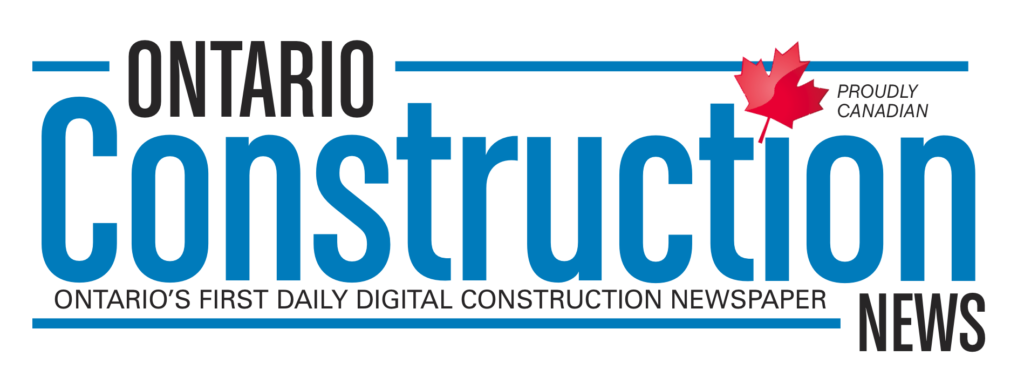Special to Ontario Construction News
Toronto city council has adopted a staff report “proposing principles” for the conversion of city-owned parking lots into housing and the co-location of community centres with residential buildings in municipal parkland.
Following direction from council last year to identify assets in Toronto’s real estate portfolio that could be repurposed, the report shortlists ten Green P lots it says are underutilized for potential conversion to housing and other uses that could include parks in areas with a green space deficit.
Toronto’s portfolio includes 8,000 assets across 11 real estate asset types including office, industrial, community infrastructure and housing that provide municipal services and require yearly capital and operational expenditures.
The report also explores what Ward 2 Etobicoke Centre Coun. Stephen Holyday called the “radical notion” of building condominiums and apartment towers on top of city-funded recreation centres in parks, including one at the corner of Eglinton Avenue West and Martin Grove Road in his ward.
“I’m furious about this report,” Holyday said during council’s meeting on June 26. “This is not right. Since when does the city start building on parkland? This is opening up another precedent. Who else’s parkland is now targeted to build an apartment building?” he said, adding that the shadow from a residential tower would be cast over public sports fields.
 One of only two councillors to oppose the leveraging city-owned real estate report that was adopted without amendments, Holyday argued against the conversion of parking lots as well, calling them assets highly valued by commuters and businesses. Ward 18 Willowdale Coun. Lily Cheng suggested that the proposal fails to account for expected future parking lot usage growth.
One of only two councillors to oppose the leveraging city-owned real estate report that was adopted without amendments, Holyday argued against the conversion of parking lots as well, calling them assets highly valued by commuters and businesses. Ward 18 Willowdale Coun. Lily Cheng suggested that the proposal fails to account for expected future parking lot usage growth.
Toronto’s deputy city manager for corporate services stressed that the report does not seek decisions on any specific site, calling it part of ongoing staff work to fulfill council’s mandate to develop affordable housing in the city.
To further the city’s housing goals, the report identifies:
- More than $100 million in land value from ten underperforming parking lots that could be redirected to other needs and priorities;
- Potential for community infrastructure and parkland development in areas of high priority;
- New opportunities to support an urgent need for affordable housing, supportive housing, and new rental supply;
- Up to approximately $2 million in annual parking operating and capital costs savings;
The report says more than 50 parking lots had already been identified to be repurposed for other uses from among the city’s 300 off-street parking facilities, including parking garages, operated by the Toronto Parking Authority.
Of these, 10 lots were selected for further evaluation because they offer pathways to support a change in use, fewer technical constraints to support new housing (e.g. TTC below-grade infrastructure), are in an area of known program/service need (such as a park deficient area), or in an area with a developing master plan or re-development opportunity.
The report estimates operating cost savings from the lots at $214,000 per year, plus $1,755,000 in annual capital cost avoidance.
Parkland should be protected for intended use and co-location with housing only considered as part of recreation facilities, likely to be built on top of the facilities, “with no net loss” of open space or public parkland, the report adds.
“Significant development opportunities, including residential development, could take place within the existing, reconfigured, or new building footprint of the recreation facility,” it says, singling out five recreation facility sites where the co-location of housing could be explored.
“Any co-location of housing with community recreation facilities would address the legislative and municipal objectives of these sites for parks and public recreation purposes and avoid impacts to the parkland itself through site-specific design solutions.”

